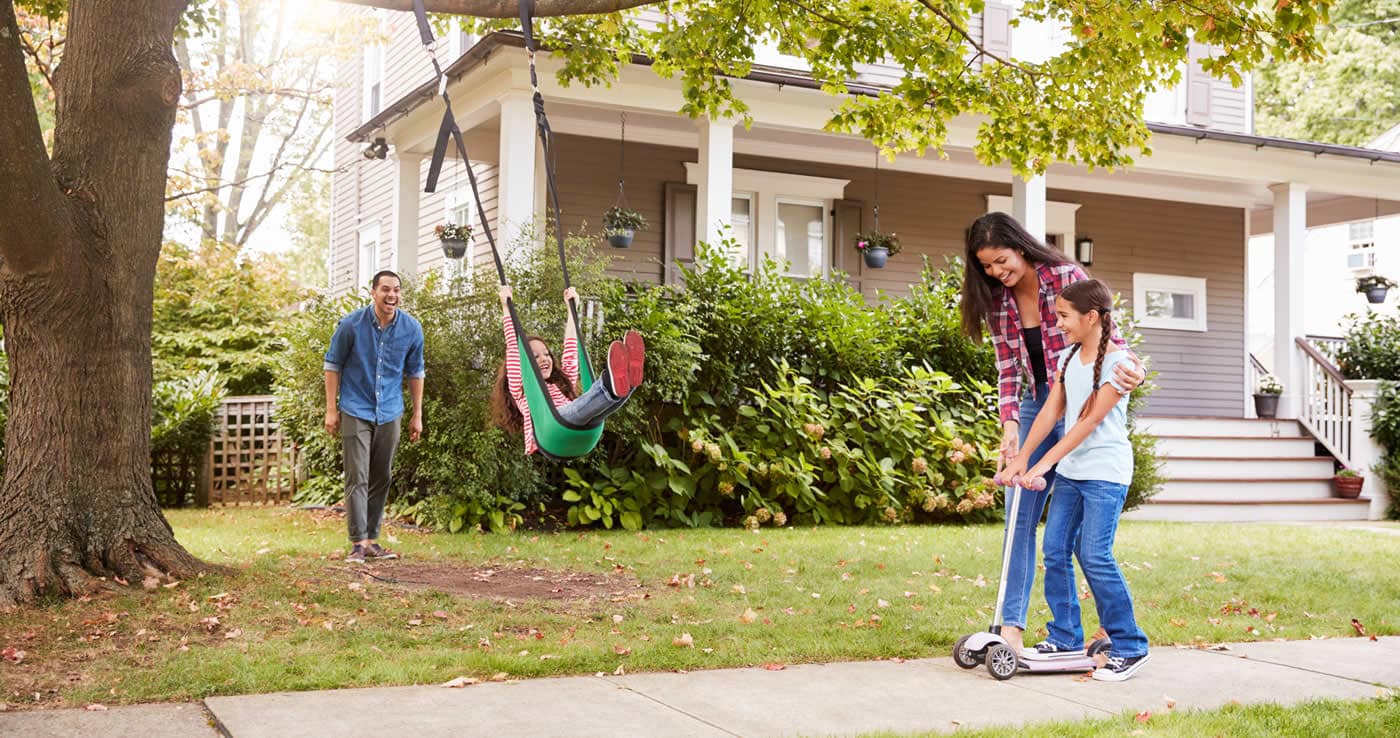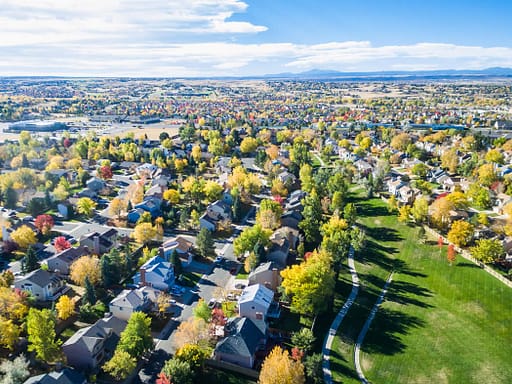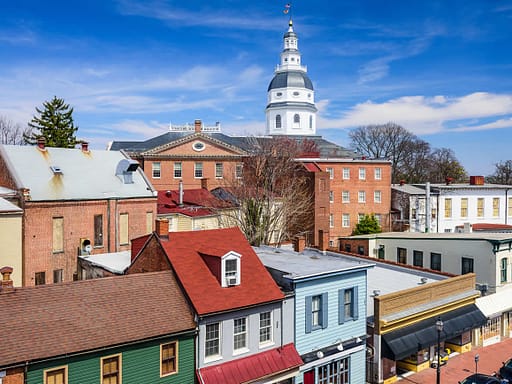How to Find the Right Neighborhood for You and Your Family
So, you’ve decided to pack up the old homestead and move on to greener pastures—or at least different ones. Whether you’re upsizing, downsizing, or just craving a change of scenery, finding the right neighborhood is crucial. After all, your neighborhood isn’t just a bunch of houses clustered together; it’s where your life happens. It’s where your kids will make their first friends, where you’ll walk your dog, and where your Amazon packages will (hopefully) be safely delivered.
But how do you choose the perfect spot when there are so many variables to consider? Fear not! Grab a cup of coffee (or a glass of wine—we don’t judge), settle in, and let’s embark on this quest together.
Know What Matters Most to Your Family
Before you start Googling zip codes like they’re lottery numbers, take a moment to reflect. What does your family really need? This isn’t just about square footage or the number of bathrooms—though a third bathroom can feel like a lifesaver on hectic mornings.
Consider your family’s lifestyle. Are you foodies who need a variety of dining options? Do you have budding athletes who require access to sports facilities? Maybe you’re nature enthusiasts who crave proximity to hiking trails and parks. Make a list of non-negotiables and nice-to-haves. This will be your compass as you navigate the sea of options.
Safety First
Let’s get real: No one wants to live in a place where the theme song from “Law & Order” could be their nightly lullaby. Safety is paramount when choosing a neighborhood. Start by researching crime rates in areas you’re considering. Websites like AreaVibes, NeighborhoodScout and CityProtect provide detailed statistics that can give you peace of mind—or a wake-up call.
But numbers only tell part of the story. Visit the local police station and chat with officers about the area. Drive through the neighborhood at different times of day. Are the streets well-lit at night? Do you see families out for evening strolls? Trust your instincts; if something feels off, it probably is.
Education and Schools
If you have kids—or plan to in the future—schools are likely high on your priority list. Even if you don’t have little ones running around, good schools can boost property values and the overall quality of the neighborhood.
Research local school districts using resources like GreatSchools.org, which rates schools based on test scores, student progress, and other factors. But don’t stop there. Visit the schools, meet the principals, and attend a PTA meeting if you can. Get the inside scoop from other parents. After all, a school’s culture and community involvement can be just as important as its academic record.
Amenities and Convenience
Unless you’re aiming for off-the-grid living (in which case, this article might not be for you), amenities matter. Think about what you need close by to make life easier and more enjoyable. Grocery stores, pharmacies, gyms, and medical facilities are essentials for most families.
Consider your commute as well. Time is a precious commodity, and spending hours in traffic isn’t anyone’s idea of fun. Use mapping tools to check commute times during rush hour. Proximity to public transportation can also be a game-changer, offering flexibility and saving on gas.
Community Vibes
Every neighborhood has its own personality, much like people. Some are quiet and reserved, others are vibrant and bustling. Which one feels like home to you?
Attend local events like farmers’ markets, festivals, or community theater productions. Walk around and observe. Are people friendly? Do they greet you with a smile or avoid eye contact like you’re selling something? The community vibe can greatly affect your happiness in a new place, so make sure it’s one that resonates with you.
Future Development
Today’s serene pasture could be tomorrow’s mega-mall. While that might be convenient for your shopping habits, it could also bring increased traffic and noise. Research any planned developments in the area. Check with the city or county planning department to see what’s on the horizon.
Future development can also be a good thing. New schools, parks, and infrastructure improvements can enhance property values and quality of life. The key is to know what’s coming so you can make an informed decision.
Affordability and Cost of Living
Let’s talk money, honey. It’s easy to fall in love with a neighborhood that’s way out of your budget. Before your heart gets set on that charming Victorian in the pricey part of town, crunch the numbers.
Consider not just the cost of the home, but also property taxes, HOA fees, and utility costs. Some areas have higher costs for services like water and electricity. Don’t forget about insurance, especially if the area is prone to natural disasters like floods or earthquakes.
Also, consider the cost of everyday living. Are groceries and gas more expensive? What about dining out or entertainment? A neighborhood that seems affordable on the surface might have hidden costs that strain your budget.
Visit the Neighborhood at Different Times
A neighborhood can wear many hats throughout the day. That peaceful street at noon might transform into a drag racing strip at night. Okay, maybe not that extreme, but you get the point.
Visit at various times—morning, afternoon, evening, and late night. Pay attention to noise levels, traffic patterns, and general activity. Is there a rush of commuters clogging the streets at 5 p.m.? Do airplanes fly overhead every hour? These are things you want to know before signing on the dotted line.
Talk to the Locals
Who better to give you the lowdown than the people who already live there? Strike up conversations with potential neighbors. Ask about their experiences, likes, and dislikes about the area. Most people are happy to share and might even give you insider tips on the best local spots.
Don’t be shy about knocking on a few doors or chatting with people at the local coffee shop. Their insights can provide valuable information that you won’t find in any online review or statistical report.
Trust Your Gut Feeling
Sometimes, all the data in the world can’t replace a good old-fashioned gut feeling. If a neighborhood feels right, it probably is. Conversely, if something feels off, don’t ignore that inner voice.
Consider how you feel when you’re there. Can you see yourself and your family thriving? Do you feel safe and comfortable? Emotions play a significant role in our happiness, and your intuition is a powerful tool.
Finding the right neighborhood is like finding the perfect pair of jeans. It needs to fit just right, make you feel fabulous, and withstand the test of time (and possibly spilled juice boxes). It’s a blend of practical considerations and emotional connections.
Take your time with the process. Do your homework, but also allow yourself to dream a little. After all, you’re not just choosing a place to live; you’re choosing the backdrop for your family’s next chapter.
So here’s to finding that special spot where the streets are welcoming, the schools are great, and the neighbors become friends. May your search be fruitful, your move be smooth, and your new home be everything you’ve hoped for—and maybe even a little bit more.






